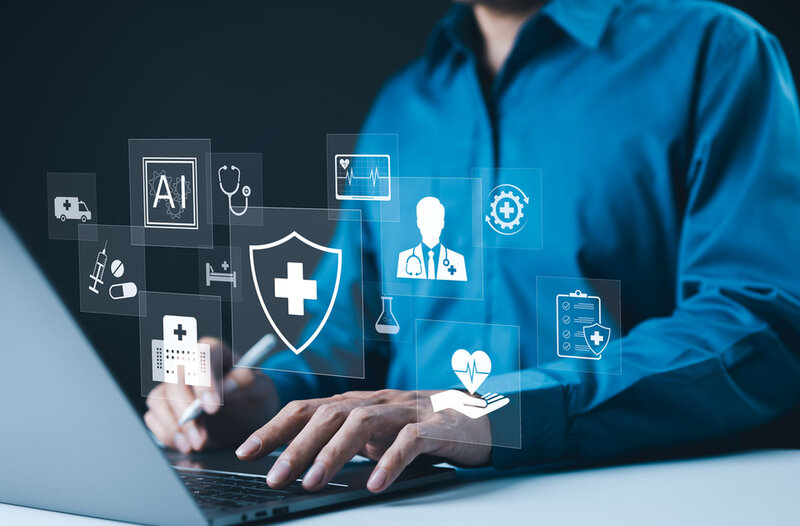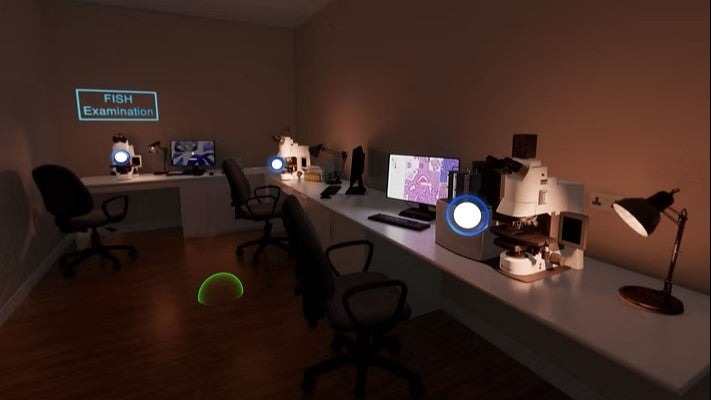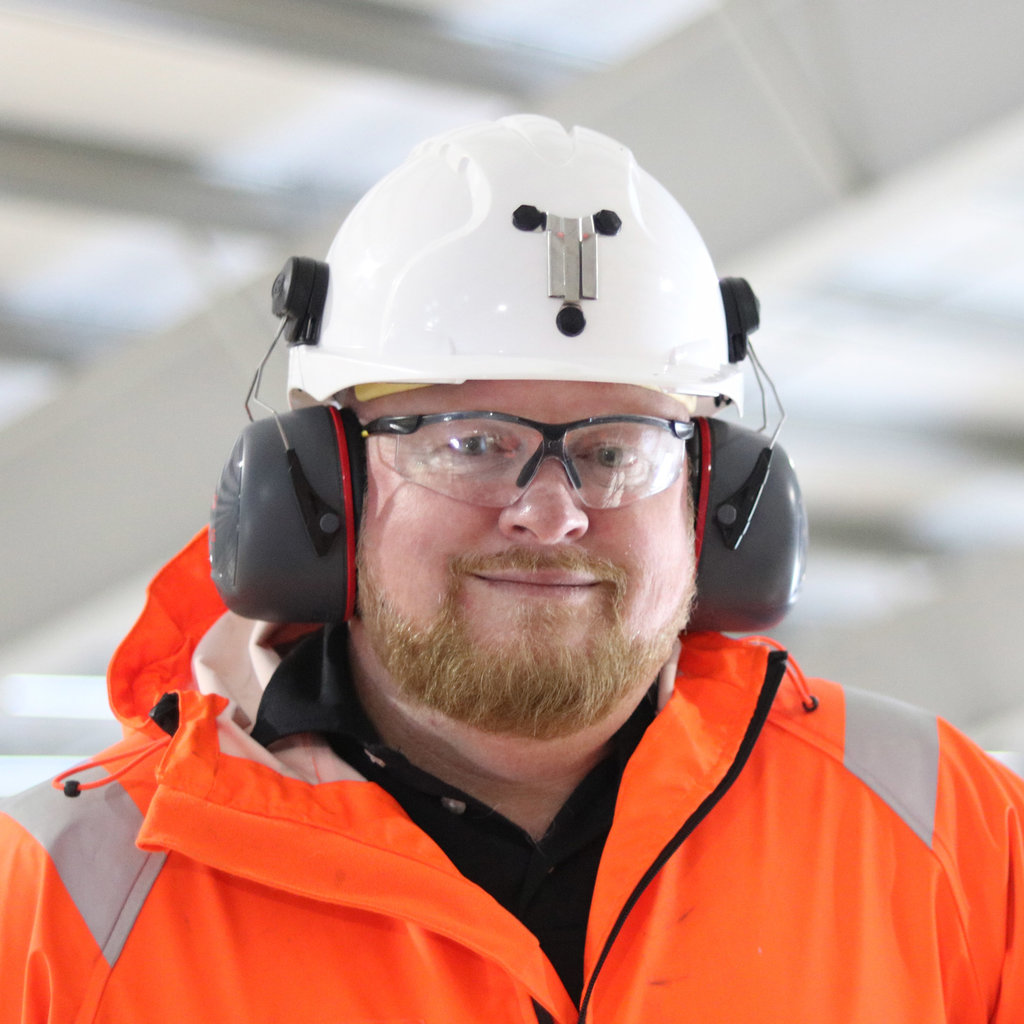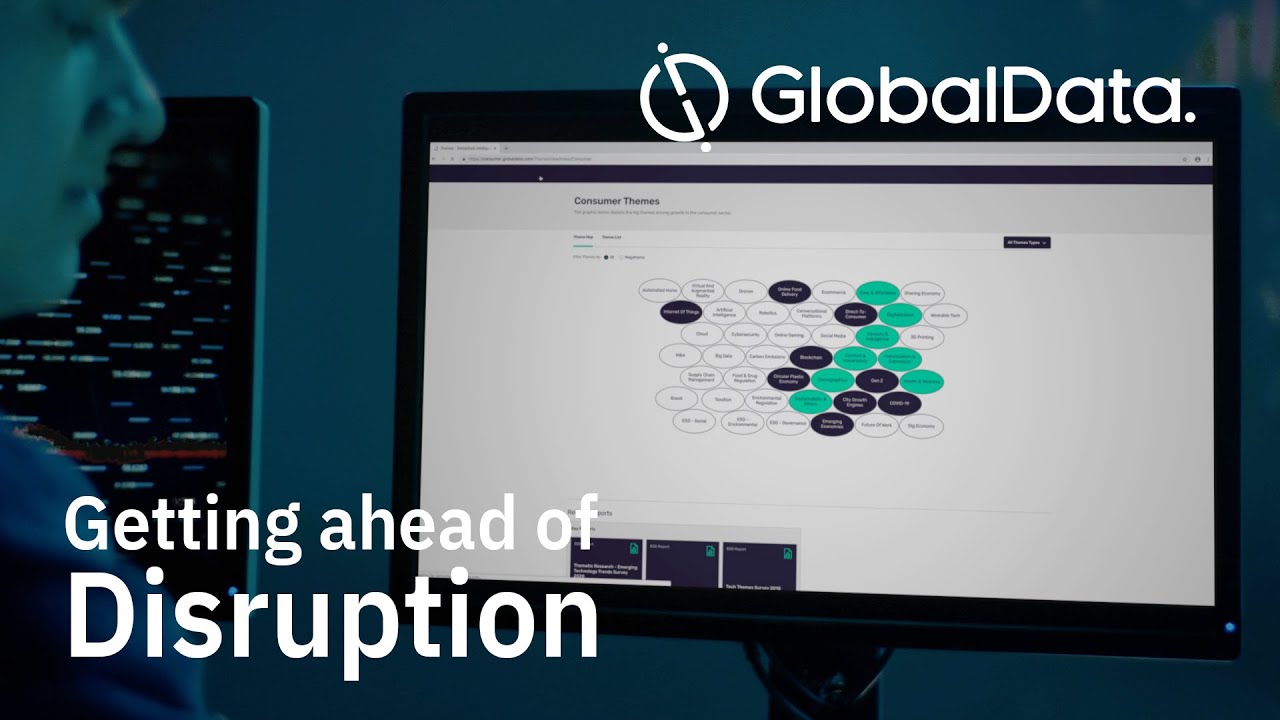Feature
Blockchain and AI integration in medical data security
While cyberthreats such as phishing and ransomware continue to plague the healthcare industry, the convergence of blockchain and AI is transforming the landscape of medical data security, writes Bernard Banga.

AI and blockchain technologies are transforming medical data security, enabling real-time threat detection and tamper-proof patient record management. Credit: SuPatMaN / Shutterstock
The healthcare sector is facing a significant rise in cyberattacks in 2025, particularly due to the growing integration of medical technologies, e-health, and connected devices. Ransomware attacks have become a particular concern, with attacks being estimated to occur every 11 seconds and the healthcare sector representing a prime target. According to the January 2025 Healthcare Data Breach Report from the HIPAA journal, 305 million patient records were compromised last year, a 26% increase on the previous year. The latest report from the American Hospital Association (AHA) claims cyberattacks and loss of patient data have resulted in significant financial losses in the healthcare sector, estimated at $10.6 billion.
Cyberattacks target 92% of healthcare organisations, exploiting vulnerabilities in data and devices
A recent report from ProofPoint reveals that 92% of healthcare organisations have reported suffering cyberattacks, with the majority being ransomware. These attacks encrypt the victim’s data and threaten to disclose it unless a ransom is paid. Meanwhile, phishing attacks target the credentials of healthcare professionals, and zero-day exploits cause critical incidents in medical software.
Hospitals, home healthcare services and healthcare organisations relying on medical cloud solutions are particularly vulnerable to cyberattacks. Additionally, manufacturers of connected medical devices face an increased risk, with vulnerabilities in medical devices accounting for approximately 40% of critical security incidents in this sector.
"Cybercriminals are using AI to refine their attacks, rendering traditional defences obsolete. Care organisations must revisit their entire cybersecurity strategy," says Greg Young, Vice President of Cybersecurity at Trend Micro. "The amount of key data within these organisations is a treasure trove to cybercriminals."
Rising adoption of blockchain for data security in healthcare
Following the Covid-19 pandemic, the blockchain market in healthcare has experienced significant growth. Medical device manufacturers, e-health industries and biopharmaceutical companies represent 44.5% of blockchain users. These organisations use blockchain to improve supply chain transparency, ensure health product traceability, and secure data. In the US, 20% of hospitals and healthcare providers have adopted or are exploring blockchain, particularly for securing medical records, improving payment processing, and enhancing drug traceability. By 2024, 40% of US healthcare providers are expected to integrate blockchain into their financial operations. In Europe, 10-15% of hospitals are either using or piloting blockchain, especially for electronic health records and drug traceability. In Asia, adoption is on the rise, with China, India, and Singapore seeing adoption rates of 10-12%.
Blockchain: new key solutions for securing health data
Four recent blockchain technologies have proven effective in securing health data. Private, or permissioned blockchains, unlike public blockchains such as Bitcoin, offer strict control over data access, enabling healthcare institutions to manage sensitive information securely. Smart Contracts automate transactions without third-party intervention, ensuring that patient data is shared only with authorised parties. Advanced Cryptography and Hashing secure data while allowing access without decryption, ensuring integrity and preventing tampering. Blockchain Interoperability solutions such as Hyperledger and Corda facilitate secure data exchange between entities while maintaining confidentiality.
Among the most effective blockchain procedures, Decentralized Validation using mechanisms such as Proof of Stake (PoS) or Byzantine Fault Tolerance (BFT) ensures reliable transaction validation with no central player. The Decentralized Identity System (DID) gives patients control over their digital identities, reducing identity theft. Multi-channel Encryption protects data during transfer, enhancing security and enabling real-time transactions.
AI and blockchain: complementary technologies
Blockchain and AI are complementary technologies which, when integrated, can significantly enhance the security and efficiency of connected medical devices. Blockchain provides a secure and transparent layer for data, while AI offers advanced tools to analyse and detect anomalies in real time. Together, they can not only strengthen data protection but also optimise device performance, particularly for connected medical devices and e-health applications.
Integrating AI with blockchain combines machine learning with distributed ledgers, improving healthcare system security and efficiency. AI can proactively detect threats, automate responses, and ensure transparent data traceability. Deep learning algorithms enhance threat detection by 25% and reduce false positives in real-time anomaly detection by 40%. Machine learning further cuts false positives by 30% and enables predictive threat analysis, saving healthcare organisations up to $1 million per incident, according to DialogHealth's latest cybersecurity statistics. AI and blockchain integration are poised to transform healthcare cybersecurity. As connected devices and e-health solutions expand, these technologies will enhance data protection and secure device functionality. Their continued evolution will be key in defending the healthcare sector against cyberthreats while improving security and efficiency.
Cera Care secures $150m to expand AI-driven, blockchain-secured home healthcare in the UK
Cera Care, the UK's largest tech-driven healthcare company, has raised $150 million to expand its AI-powered home care services and enhance the security of medical data. The company currently conducts two million home visits per month – equivalent to 65,000 daily –matching the nationwide capacity of NHS A&E departments. Cera leverages artificial intelligence to optimise patient care, predict health risks, and streamline service delivery. To ensure the confidentiality and integrity of medical records, the company integrates advanced encryption protocols and blockchain technology, providing a decentralised and tamper-proof system for storing and sharing patient data. "We take pressure off hospitals, we reduce waiting lists and we make the whole system much more sustainable," says Ben Maruthappu, Cera's chief executive. This funding round, led by BDT & MSD Partners and Schroders Capital, values Cera at over $1bn, underscoring its significant impact on the healthcare sector.
Avaneer Health raises $50m for blockchain‑powered, AI‑enhanced healthcare network
Avaneer Health has raised $50 million to develop a blockchain-based healthcare network designed to enhance the security, interoperability, and efficiency of data exchange across the US healthcare system. The company connects major healthcare entities, including Aetna, Elevance Health, Cleveland Clinic, Health Care Service Corporation, PNC Financial Services Group, and Sentara Healthcare. Its platform enables the seamless and secure exchange of patient records and operational data across organisations, eliminating interoperability challenges.
Avaneer Health leverages blockchain technology to create a decentralised, tamper-proof ledger for medical data transactions, ensuring transparency and reducing the risk of fraud or unauthorised access. Advanced encryption protocols safeguard patient records, while artificial intelligence is integrated to automate data validation, detect anomalies, and enhance system efficiency. The network also employs zero-trust architecture, requiring continuous authentication and verification of users to prevent security breaches.
“If you are requiring a nurse to perform the calibration correctly every single day, it is an opportunity for human breakdown, because you won’t always have the same nurse every time. You might have an experienced nurse, you might have a brand-new nurse out of school, you might have all sorts of situations, so one less thing removed from the process is one less thing to go wrong.
Beyond Croydon, Vygon is piloting its devices at several UK hospital trusts ranging from London, through the Midlands and up to Scotland. The company did not comment on whether it plans to expand its pilot scheme outside of the UK, but will be hoping its offer of cost and time saving will align with the NHS’ drive to reduce waste.
Croydon took interest [in our technology] because we said that we could offer the same accuracy without the consumables.
Dr Lattanza
“We are able to get all the information we need from the arterial line alone. It can be any existing arterial line and is compatible with any transducer. We adapt to the transducer that is already in place with the patient.
“With Croydon, they were previously using systems that required calibration, which means that a nurse would need to spend around 30 to 40 minutes just to set up the machine. It can be challenging when you are trying to set up the calibration and it has to be done with precise timing. With this system, you have to spend money on lithium and sensors and calibration kits, as well as the time the nurse has to spend with the monitor.
Miscalibration with something like this could have a real consequential impact on the patient.
Dr Lattanza

‘Breadcrumbs’ guide users to specific points in the laboratory, where they can interact with information associated with the virtually represented equipment. Credit: Cassette Group
Caption. Credit:

Phillip Day. Credit: Scotgold Resources
Total annual production
Australia could be one of the main beneficiaries of this dramatic increase in demand, where private companies and local governments alike are eager to expand the country’s nascent rare earths production. In 2021, Australia produced the fourth-most rare earths in the world. It’s total annual production of 19,958 tonnes remains significantly less than the mammoth 152,407 tonnes produced by China, but a dramatic improvement over the 1,995 tonnes produced domestically in 2011.
The dominance of China in the rare earths space has also encouraged other countries, notably the US, to look further afield for rare earth deposits to diversify their supply of the increasingly vital minerals. With the US eager to ringfence rare earth production within its allies as part of the Inflation Reduction Act, including potentially allowing the Department of Defense to invest in Australian rare earths, there could be an unexpected windfall for Australian rare earths producers.
